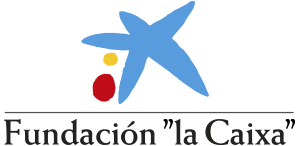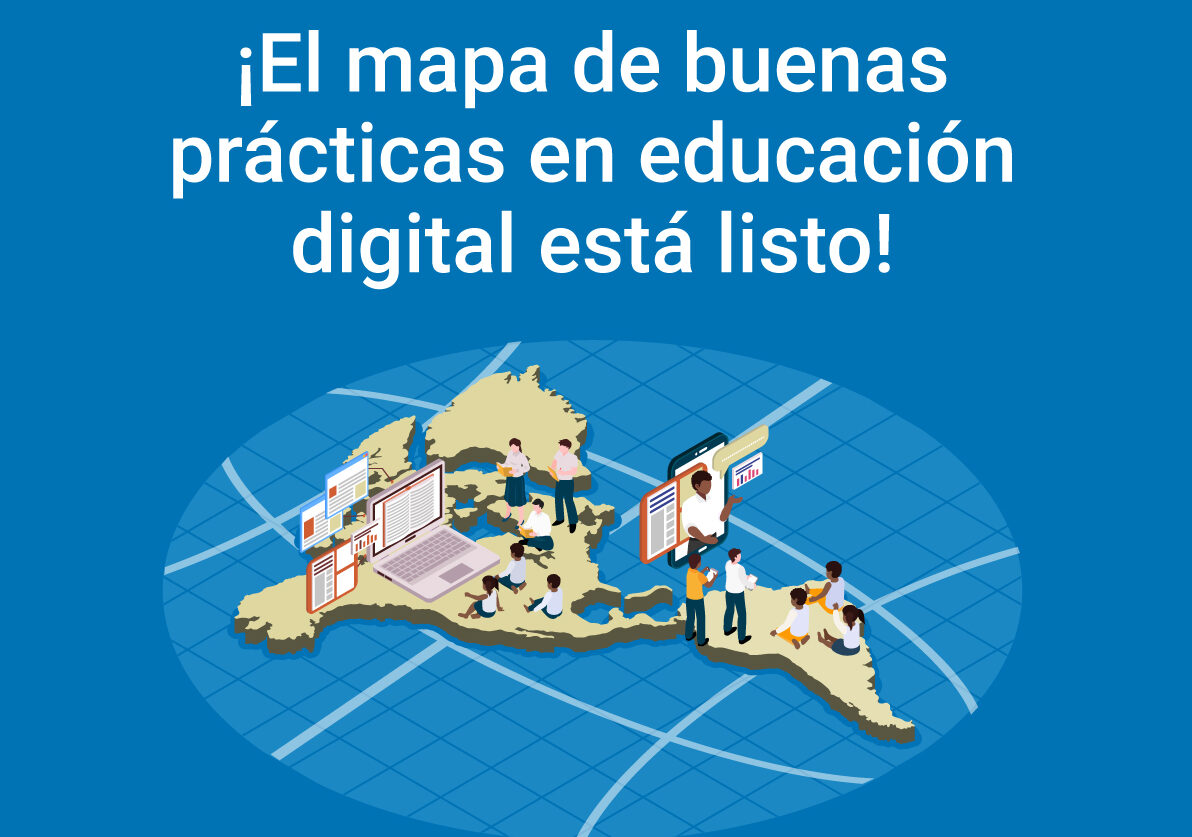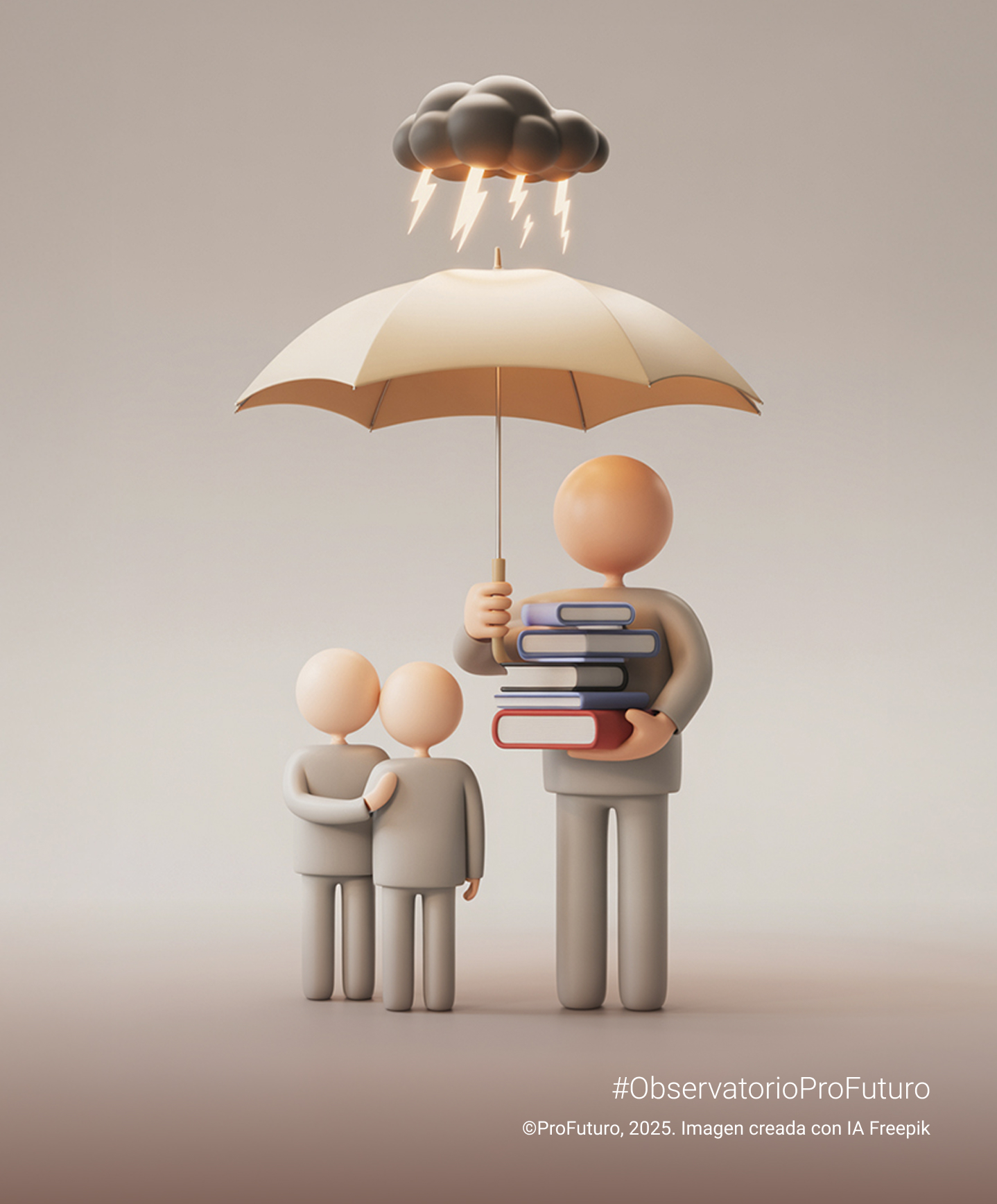Is it possible to bring digital education to all latitudes? The second edition of the mapping of best practices, carried out by the Organisation of American States (OAS) and ProFuturo, answers this question, bringing together some of the most interesting projects that seek to bridge the digital gap among both primary and secondary school students.
The map enables one to locate and explore by region the different points where each of these projects are located. It also includes information, general location data and useful links to each of the 30 featured practices. Among the digital skills they focus on are programming, computational thinking and robotics.
According to this mapping, the central goal of many of these practices is to enrich the teaching and learning of school content through the use of digital tools. Moreover, 36% of the projects analysed involve not only teachers and students, but also the students’ families, promoting more participatory learning.
Inclusion is key to equal education. The students of Corporación Ulkantú in Chile know this well. With its tactile programming kit, visually impaired students learn to program algorithms through play. The playful aspect is also key in the initiative launched by the school I.E San Martin – Sechura, in Peru, where they learn while scripting their own podcasts and recording TV and radio programmes.
Meanwhile, students at CEDES Don Bosco in Costa Rica can foster the development of their digital skills and critical thinking through the Steam Methodology (Science, Technology, Engineering, Arts and Mathematics), while students in the Carvajal Foundation’s Aula Global (Global Classroom) project in Colombia learn mathematics and language through educational audio recordings.
Check out these and other best practices on this map!






